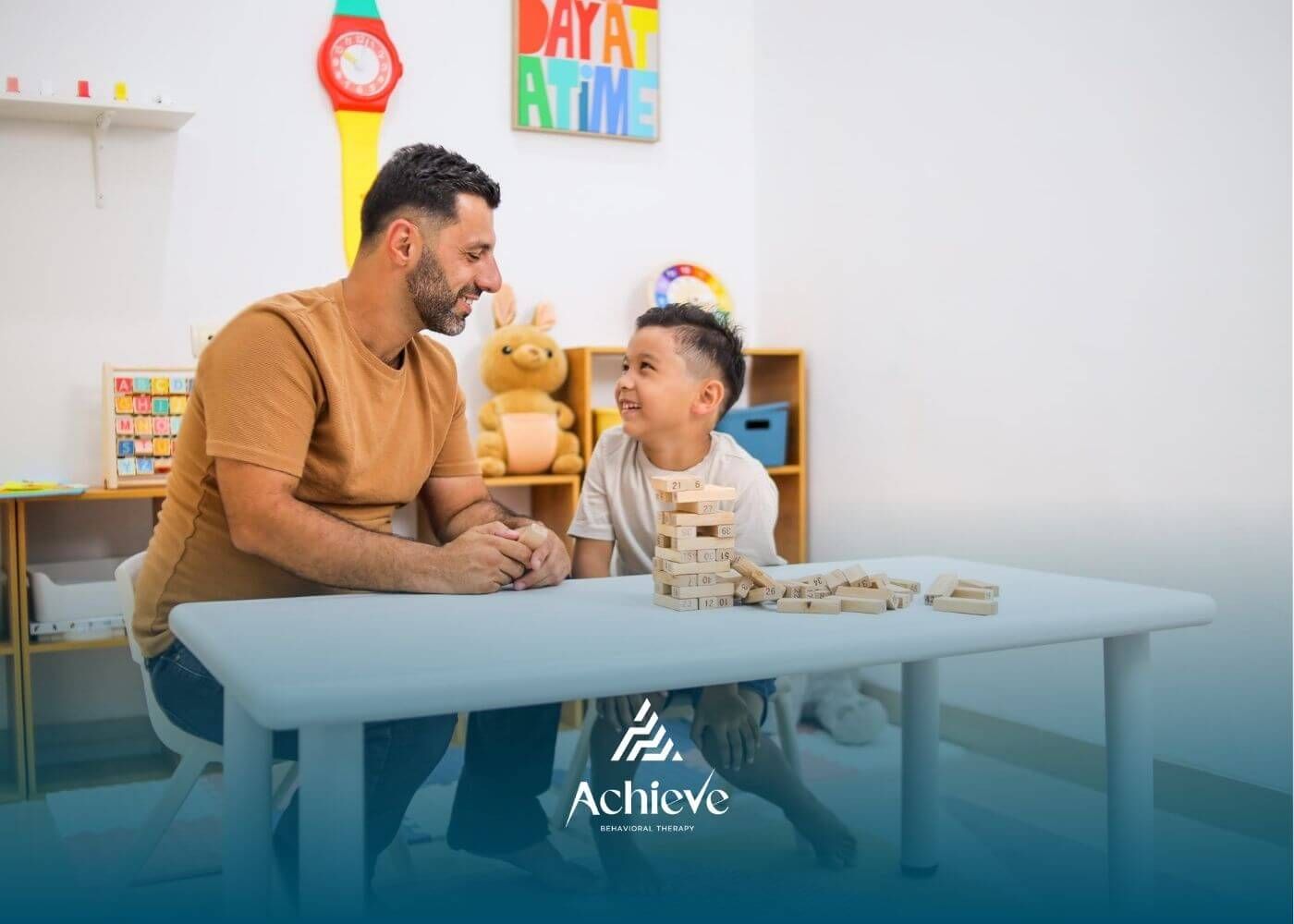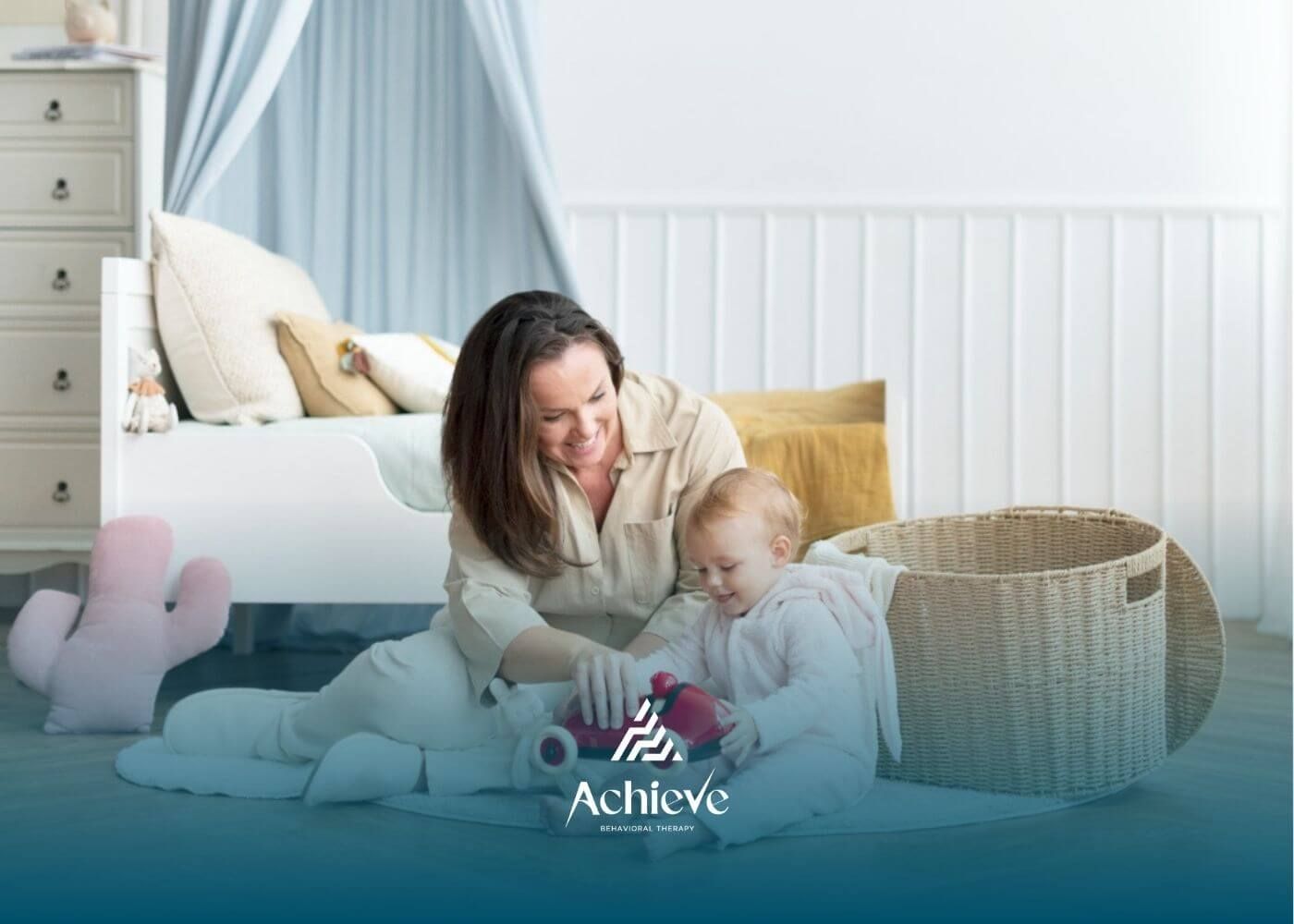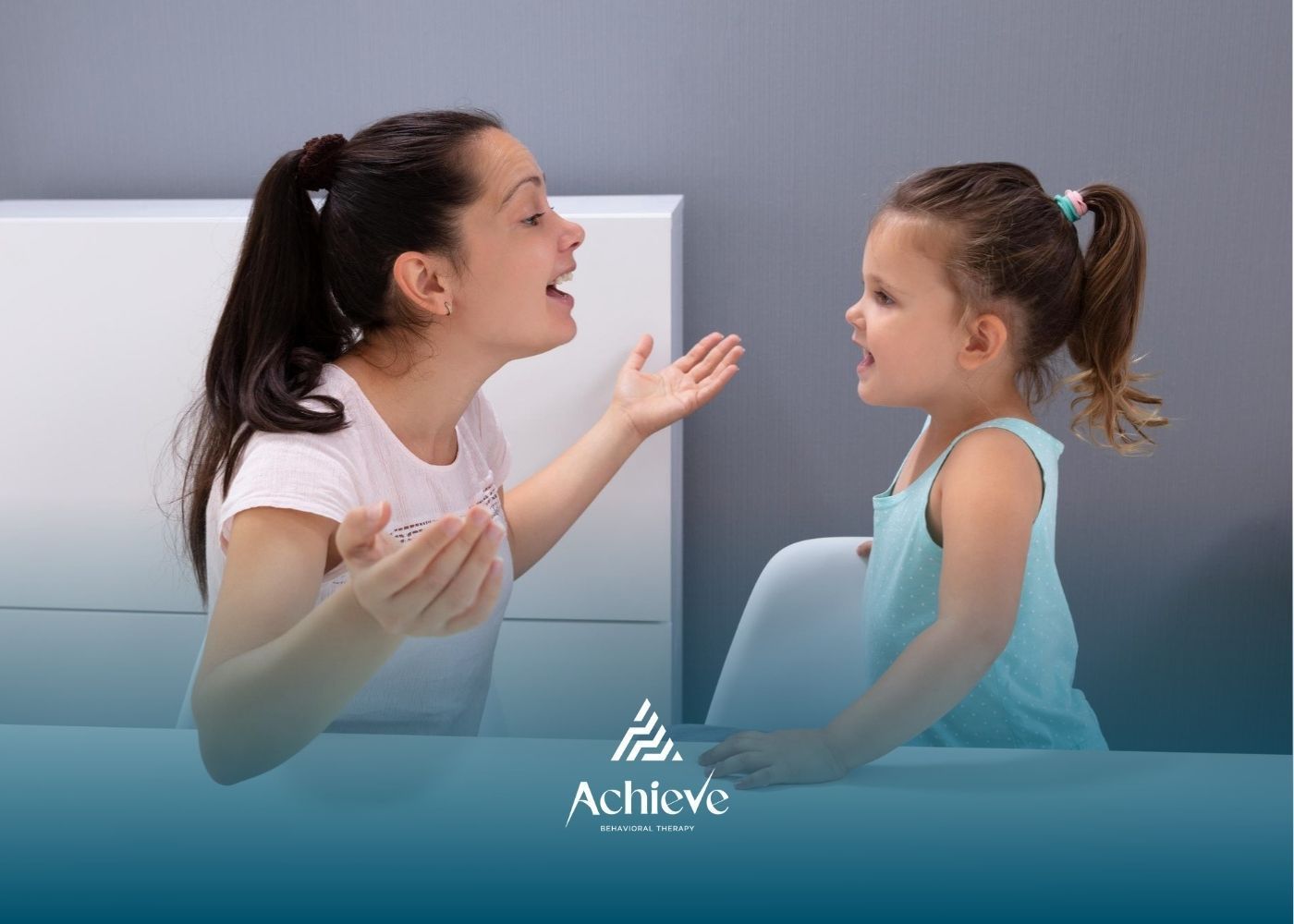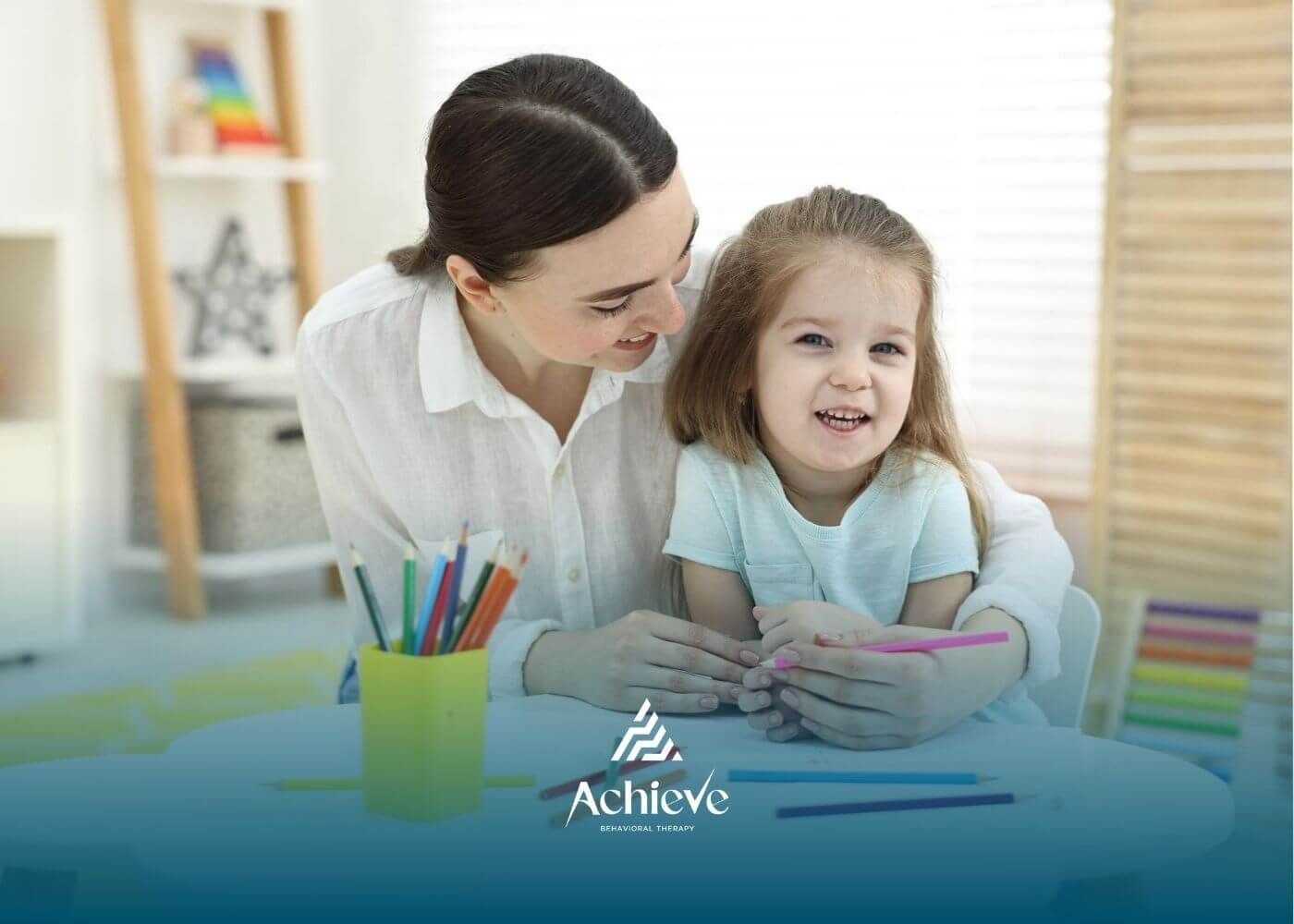How Basic Skills Training in ABA Helps Children Thrive Every Day

Key Highlights
- Basic skills training in ABA therapy empowers children on the autism spectrum to develop essential abilities for everyday life.
- It highlights the significance of social skills, communication, and daily living tasks in promoting independence.
- ABA therapy utilizes an evidence-based approach with positive reinforcement to encourage the learning of desired behaviors effectively.
- Families and caregivers play a vital role in facilitating skill acquisition and fostering consistency across various settings.
- Progress tracking and adjustments ensure that skills training meets individual needs, supporting long-term growth and improved quality of life.
When we talk about “basic skills” in ABA, we’re not talking about simple tasks. We’re talking about life-changing abilities that allow children to express themselves, connect with others, and build independence.
In my experience, when parents begin to understand the “why” behind each small skill, they become unstoppable partners in their child’s journey.
What is Basic Skills Training in ABA?
Basic skills training in Applied Behavior Analysis (ABA) therapy is all about helping people learn things they need for daily life. In most skills training, the focus is on core abilities. ABA looks at behavioral skills like communication skills, social interactions, and self-help routines. These basics help people feel more sure about living every day.
Defining Basic Skills in Applied Behavior Analysis
Basic skills in behavior analysis lay the ground for learning more complex skills. These skills cover things like how to talk with others, join in social situations, and manage daily routines. All these are important for people to take part in the world around them. When we look at skill acquisition in skills training, each task is broken down into small, manageable steps, so people get the help they need.
For example, to teach a child to say "hello," the teacher will show how to do it, practice it with the child, and then give positive feedback. This kind of practice helps the child learn in steady ways. When people use visual aids or video modeling, it often makes it much easier to understand the skill and helps the person know what to do.
Skills training doesn't just stop at the "what." It also looks at the "how" part, guiding people on how to use these new behavioral skills in real situations. With help from both experts and families, basic skills grow over time and turn into skills people use for life. This gives people more freedom and improves their overall quality of life.
The Role of Basic Skills Training for Children with Autism
Skills training helps children with autism be more independent and connect better with other people. When these children learn essential skills, like how to use gestures or words, it makes it easier for them to share what they want. This can stop some frustration and let them talk or play with others.
ABA therapy is often used to help with skill acquisition. It helps children improve their daily functioning and have a better quality of life. For example, a child might learn to brush their teeth or put on shoes. The practice is done with step-by-step help to boost confidence and help the child learn to do things alone.
During ABA therapy sessions, behavioral skills training is a key part. Therapists use modeling and give rewards to help children get better at new skills. Parents and caregivers also have an important role. They help children stick with these learned behaviors when not in therapy, helping kids use them at home or outside. The focus on skills training gives children a good start for social, school, and personal growth.
Key Areas Targeted in Basic Skills Training
ABA therapy works by helping people in three main ways: communication, social skills, and self-help abilities. With communication training, people learn to say what they need or want, both by talking and by using other ways to share their thoughts. Working on social skills helps people get better at talking with others and feeling good when they are in a group.
Communication and Language Development
Good communication matters a lot for children with autism. ABA therapy looks at this in a direct way. When kids get better at both talking and showing how they feel without words, they can say what they want better. Some of the ways they do this are:
- Visual Aids: Use symbols or charts to help children who are not talking much to understand and join in.
- Video Modeling: Kids can watch others in videos to see what to do in different situations.
- Repetition: Doing things again and again helps children learn new things well.
- Positive Reinforcement: Giving rewards makes children want to keep trying and helps them remember what to do.
For example, using video modeling can teach kids how to talk with others. If someone helps a child learn to say "Can I have water?" instead of just pointing, he learns a better way to talk. As these methods get used in ABA therapy, children make good steps in their communication skills. They also get better at meeting new people and joining in with those around them.
Social Skills and Peer Interaction
Social skills are very important. They help you build strong and meaningful relationships. ABA therapy helps you learn these skills in small steps. Skills training teaches you how to behave when you are with others. You may learn things like how to take turns or what different faces mean.
In ABA therapy, role-playing is often used. For example, the therapist and the child may practice sharing toys. This can help the child learn how to work with others. Later, the child will join group activities. This helps with teamwork, too.
Some kids find it hard to understand social cues. ABA therapy can help with this. Therapists use special ways to teach how to read hand signals or how someone’s voice sounds. They may use pictures to show what it means to "respect personal space."
These strategies give children the skills and confidence they need. They can make friends more easily and join in group activities without worry. Skills training in ABA therapy is a good way for children to learn, use, and improve social skills.
Daily Living and Self-Help Skills
Mastering daily routines and personal care is important for being independent. ABA therapy helps by breaking these tasks into small and easy steps. For example, kids can learn to brush their teeth, make a simple meal, or clean up their toys.
With positive reinforcement and by showing how tasks are done, children can learn daily living skills in both practice sessions and in their regular life. For example, teaching a child to tie their shoes is easier when you teach one step at a time and give things like a smile or a “good job” right away.
When kids build self-help skills with ABA therapy, they learn to take care of things around them. Learning to get dressed or make their own choices helps them be more in control. This gives them more power to solve problems using new skills. Winning at these basics also gives greater independence and makes their quality of life better.
Core Principles Guiding Basic Skills Training in ABA
ABA therapy uses strong ideas like looking at each person’s unique needs and using positive reinforcement for effective learning. Therapists work with families to get to know what each child needs and then make intervention plans just for them.
Individualized Assessment and Goal Setting
Understanding each person's learning needs begins with a complete assessment. This first step lets therapists find both the strengths and areas that need more attention. They then set goals using markers that match where the person is in their growth.
During each session, therapists use targeted interventions that focus on the person’s specific needs, like working on fine motor skills or helping with social interactions. They often go back and review the goals. This helps make sure therapy can change when needed and stays effective.
For example, when a child is slow to start a conversation, the therapist may use new ideas. Adding visual aids can help match what the child can do at that time. Keeping goals flexible lets ABA keep working well, so steady progress is made over time.
Positive Reinforcement as a Teaching Tool
Reinforcement is at the heart of ABA and helps learners want to repeat the right behaviors. When you give positive feedback, like saying “good job” or giving a reward, it helps people remember what to do because they feel good about it.
For example, if a child names “apple” correctly in a session, the therapist may give them their favorite sticker right away. After some time and practice, this kind of positive feedback can happen less often as the child learns the skill.
One good thing about this way of teaching is that it can work in various settings. It helps learners stay interested and makes the new skills stick with them for a long time.
Evidence-Based Techniques Used in Basic Skills Training
ABA uses methods based on evidence, like behavioral skills training, to help with skill acquisition and better performance. This skills training works by showing correct responses and letting learners practice tasks. These steps break down tough behaviors into smaller, easy-to-learn parts.
Modeling and Prompting Strategies
Showing behaviors for learners to watch is a big part of modeling. A therapist can show a child how to greet a friend by waving. When learners watch videos where other children do the skills, they remember the skill better.
Prompting is helpful for skill development. It gives step-by-step hints. Techniques include:
- Verbal Prompts: Short directions like "Say ‘hello.’"
- Visual Prompts: Using flashcards or picture guides.
- Gradual Fade-Out: Taking away prompts slowly as learners feel more sure.
By practicing often and getting fewer prompts, learners learn to do things on their own. This helps them do well in other places and as they grow.
Task Analysis and Chaining
Complex tasks can feel easier to handle when you break them down into small parts. ABA therapists do this all the time. For example, they take something like brushing your teeth and split it up into simple steps, such as picking up the toothbrush and then rinsing it at the end.
Each step gets taught in a certain order, and there are two main ways to do this. Forward chaining is about learning the first step first. Backward chaining is when you start with the last step, so the person gets a reward right away.
The Importance of Repetition and Practice
Repetition helps people learn by making habits strong. It also makes you feel good about what you can do. When you practice communication skills, like asking for water over and over, it helps you remember how to do it.
Therapists find fun ways to keep sessions interesting. They might use games, act out situations, or give rewards. These keep you interested and wanting to take part. Doing the same skill again and again also lets you use it, not just in therapy, but in other places you go in your day.
In the end, the goal is to keep practicing and making small changes when needed. This way, you keep your new skills. You also start to use your communication skills everywhere, turning practice into good daily habits.
Involving Families and Caregivers in ABA Basic Skills Training
Families and people who take care of children are important partners. They help bring the good results of ABA training into every part of life, not just when there is therapy. Their part be to keep the skills strong at home so these new things learned stay useful every day.
Teaching Families to Reinforce Skills at Home
Families help children grow when they use what is learned from ABA at home. There are some good ways to help kids remember these skills:
- Regular Practice: Bring ABA methods into daily routines, like when you are making meals together.
- Clear Instructions: Always use simple language so that kids know what to do.
- Positive Reinforcement: Give rewards for good effort. This helps to keep kids interested and wanting to try.
- Consistency: Keep using what the therapist shows, the same way each time.
When caregivers take part in teaching, children pick up new skills more quickly. They use what they learn at home or when out with others.
Collaboration Between Therapists and Caregivers
Therapists and caregivers make a strong team when they work together. They talk openly with each other, so caregivers know the therapy methods well. This helps them use these skills at home without any trouble.
When caregivers take part, they use helpful ABA steps with the child at home. An example is when both the therapist and the caregiver track the child’s progress together. This shows what steps the child has reached and helps everyone focus on what the child needs the most.
Working as a team helps both sides grow. It keeps things steady for the child and allows new skills to last over time. Because of this, the child’s quality of life can get better in every way.
Measuring Progress and Adapting Training
ABA keeps doing well by using strong tools to check how skills improve as time goes on. By looking at data, the team can see what is working and make any necessary adjustments if something must change, or if there are problems.
This way of doing things makes sure the programs always fit individual needs. Now, let’s go further into how to check and change the plans to help each person do their best.
Data Collection and Tracking Skill Development
ABA uses careful data collection to check how skills are growing. For example:
| Indicator | Explanation |
|---|---|
| Target Skill | Communication ability tracked every day |
| Frequency | Number of times requests are started in activities |
| Success Rate | Percentage of correct responses given with prompts |
This way of tracking helps therapists change plans when needed, based on what the learner does. This makes sure the focus stays on helping the person get better in the right areas.
Adjusting ABA Programs Based on Individual Progress
Programs change so they can fit the different needs of each child as they grow. If there is a child who has a hard time waiting for their turn in games, giving new and helpful prompts can help that child get better at joining in.
Feedback helps make sure that the right help or teaching is used to reach clear goals. When you work through each problem step by step, ABA can help build up new skills in a quick way. This way, it gives the child room to grow and keeps the teaching flexible.
Conclusion
Basic skills training in Applied Behavior Analysis (ABA) is very important for children with autism. This type of skills training helps kids learn essential skills like how to talk, how to get along with others, and how to manage things they do every day. It also gives families and caregivers the tools they need to help their children grow and make progress at home.
ABA uses the core ideas of individualized assessment, positive reinforcement, and teaching methods that have good proof behind them. This way, each child gets support and training that matches their unique needs. Their progress comes with time, so it's important for therapists, families, and caregivers to work together at every step.
Ready to help your child thrive with foundational ABA skills?
Our certified therapists at Achieve Behavioral Therapy are here to guide your family every step of the way.
Contact us today for a free consultation and discover the difference personalized therapy can make.
Frequently Asked Questions
What are examples of basic skills taught in ABA?
The basic skills taught in ABA are things like talking to others, daily routines, and learning how to interact with people. For example, asking questions is one skill, brushing teeth is a daily routine, and taking turns during a game is about good interaction. These are the skills that help people be more independent as time goes on.
How long does it typically take to see progress with basic skills training?
Progress will be different for each person. Most people start to see clear improvements in about 4 to 6 weeks when they stick with ABA interventions. The tasks are split into manageable steps. This helps make sure that growth matches the way each learner goes at their own speed.
Can parents implement ABA basic skills training at home?
Yes, parents can help their child keep learning at home by practicing often. If they use positive reinforcement and clear instructions, it can really help. Trying different ways that fit the child works too. This support helps the child grow, not just in sessions but also at home.
Sources:
- https://gsep.pepperdine.edu/blog/posts/ABA-techniques-strategies-for-behavior-analysts.htm
- https://my.clevelandclinic.org/health/treatments/25197-applied-behavior-analysis
- https://online.regiscollege.edu/blog/ABA-therapy-examples/
- https://www.appliedbehavioranalysisedu.org/what-is-reinforcement-and-why-is-it-important-in-ABA/
- https://docs.autismspeaks.org/evidence-based-practices/prompting
- https://asdtoddler.fpg.unc.edu/book/export/html/210.html
Need Support?
We're Here to Help!
Our experienced team is ready to assist you. Reach out today to discuss how we can support your child's development and well-being.
Get started with expert ABA therapy today.














